‘How to Live Japanese’, a Glimpse of Japan Beyond the Stereotypes
Yutaka Yazawa outlines 100 key concepts for understanding everyday life in Japan, going against the conventional image of the country.
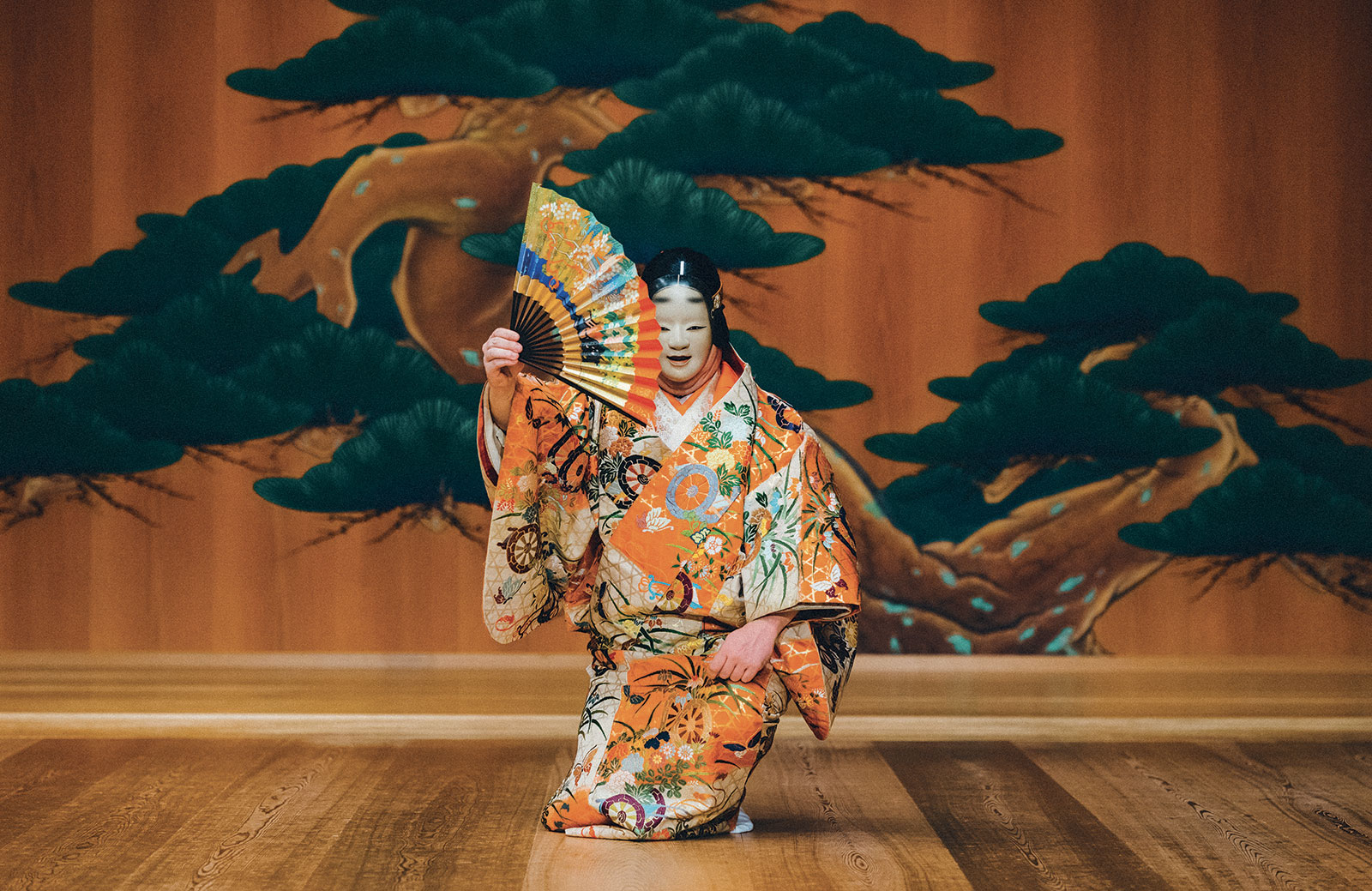
© Shohki Eno - Gallimard Voyage
How to Live Japanese contains no trace of geisha, tea ceremonies, or samurai. Writer Yutaka Yazawa wished to redefine the contours of Japanese people and their core identity, moving away from the somewhat stereotypical presentation of Japan often found in tourist guides.
A glossary of Japan
Through 100 concepts like wabi-sabi, umami, haiku, and bento, the writer offers a dive into everyday life in Japan. This compilation implicitly enables the reader to learn about the evolution of the country, its philosophy, and its art of living. For each of the concepts, the author explains the origin and the development of the term being examined. The reader discovers, for example, that judo was invented by Jigoro Kano, heir to a family of sake brewers from the Kobe region, and that karate developed in Okinawa and was introduced to the rest of the country in the early 20th century. The rich, detailed texts are all accompanied by photographs or illustrations.
Yutaka Yazawa is a Japanese author who, after studying and beginning a career in law in London, returned to Japan and notably his birthplace, Tokyo, where he published his first book, How to Live Japanese.
How to Live Japanese (2018), by Yutaka Yazawa, is published by Aurum Press.
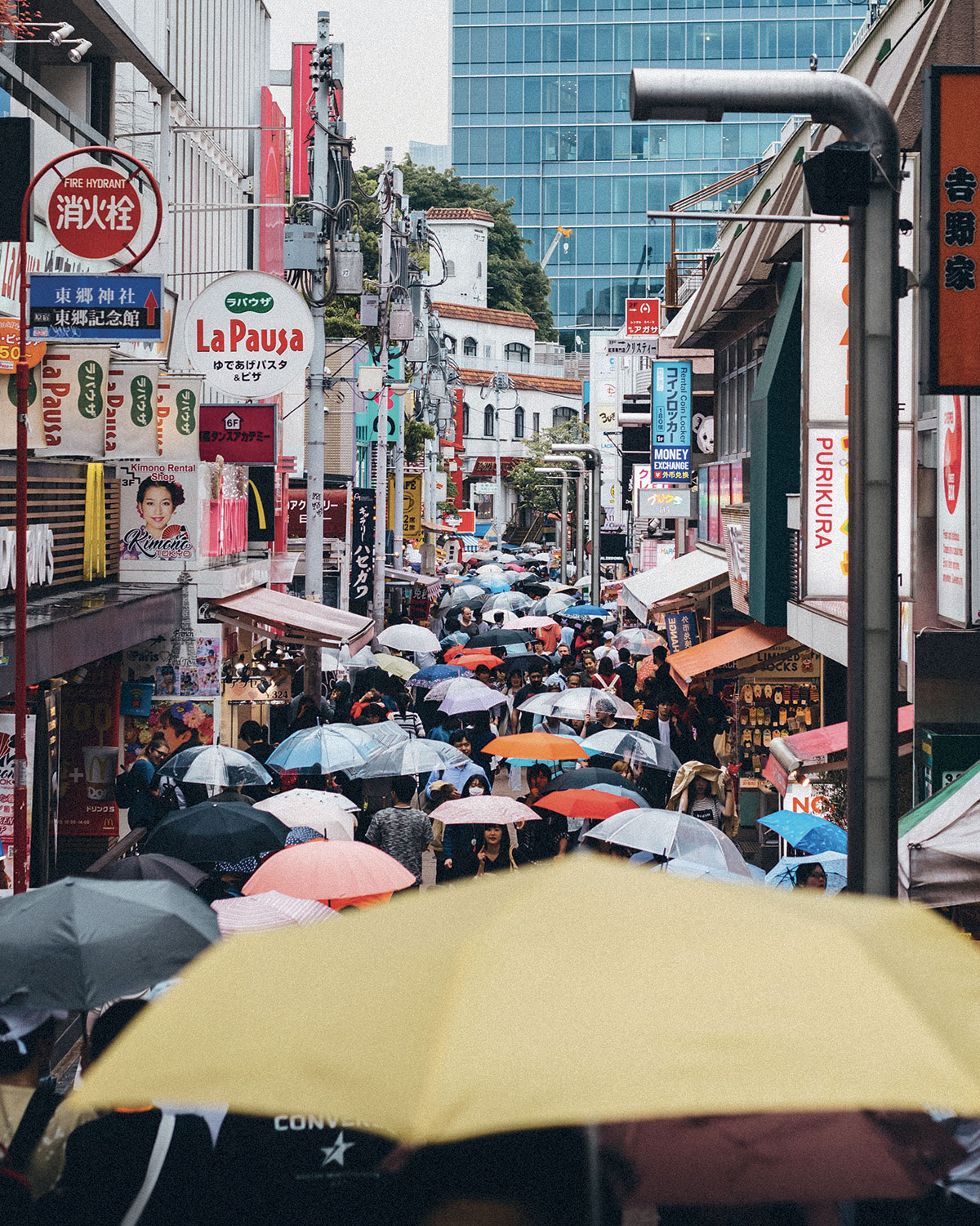
© Shohki Eno - Gallimard Voyage
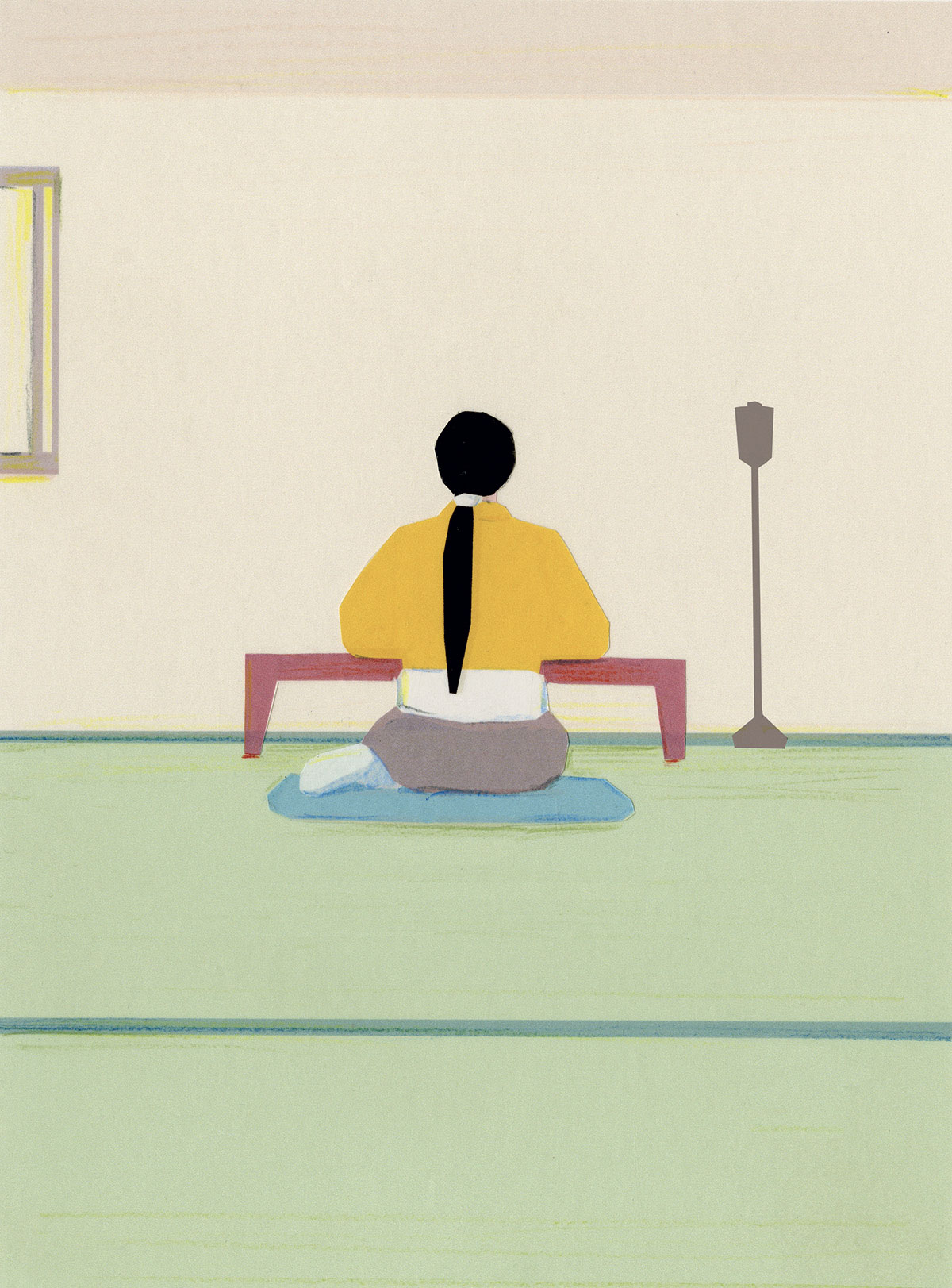
© Taku Bannai - Gallimard Voyage
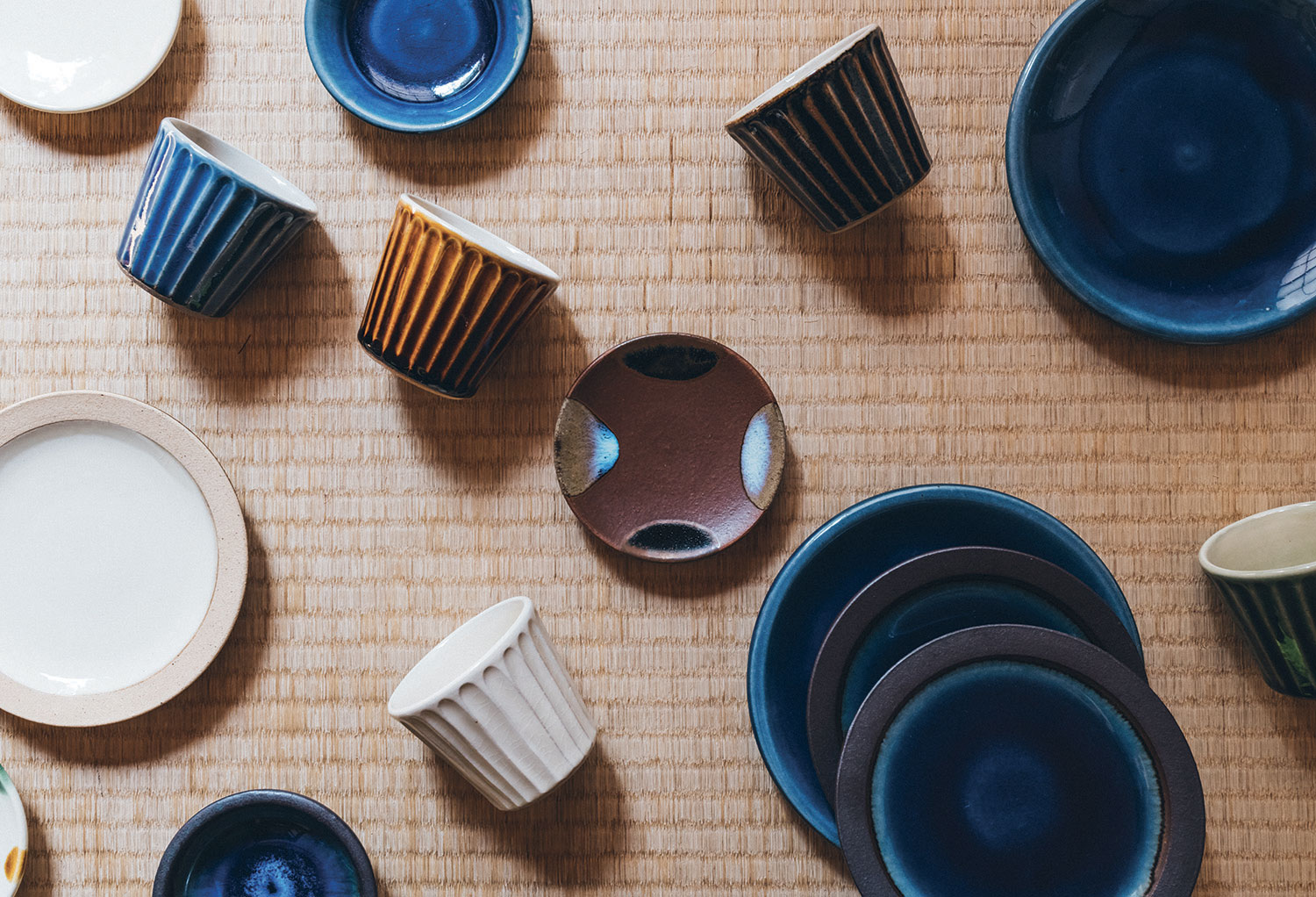
© Shohki Eno - Gallimard Voyage

© Shohki Eno - Gallimard Voyage
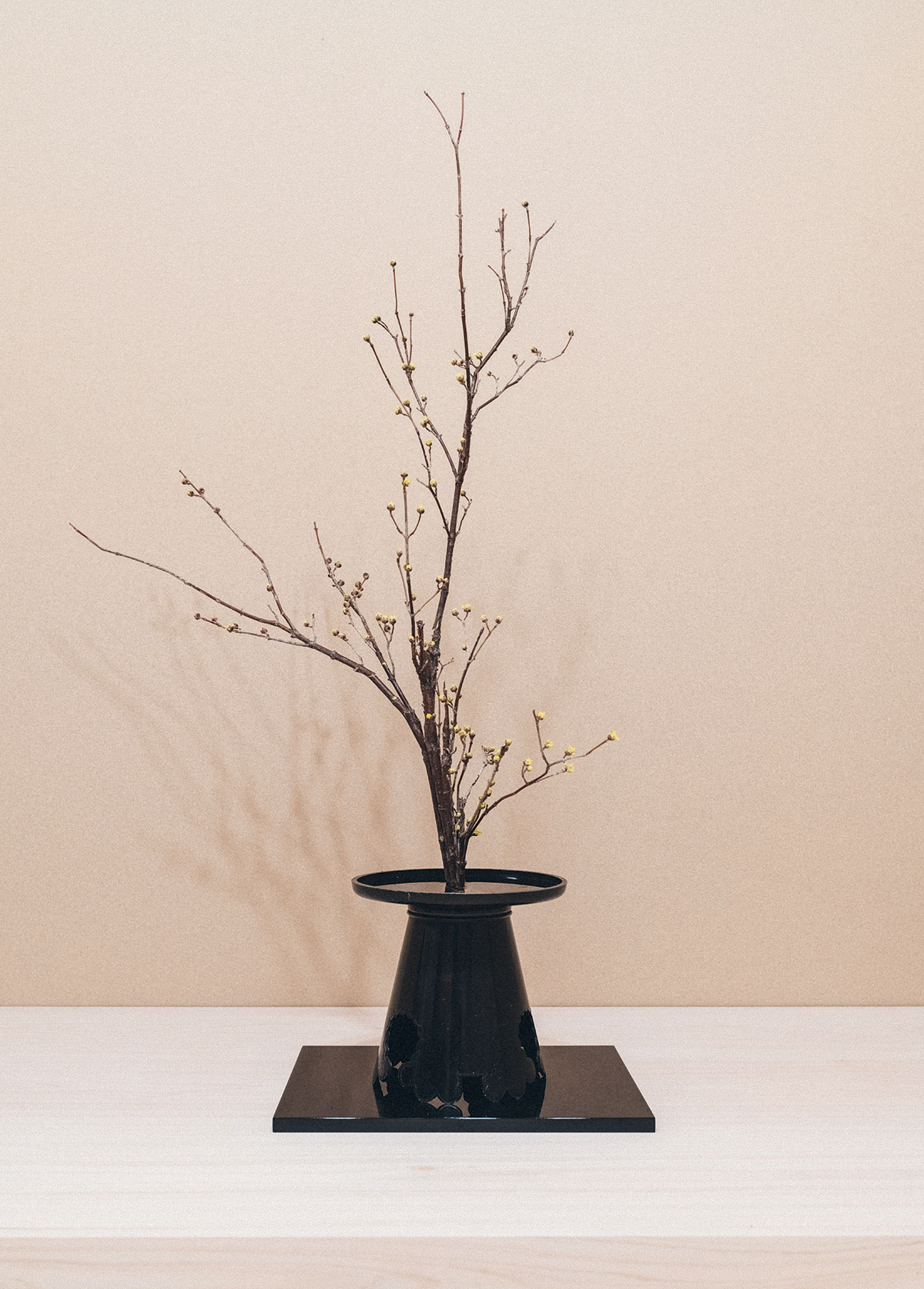
© Shohki Eno - Gallimard Voyage
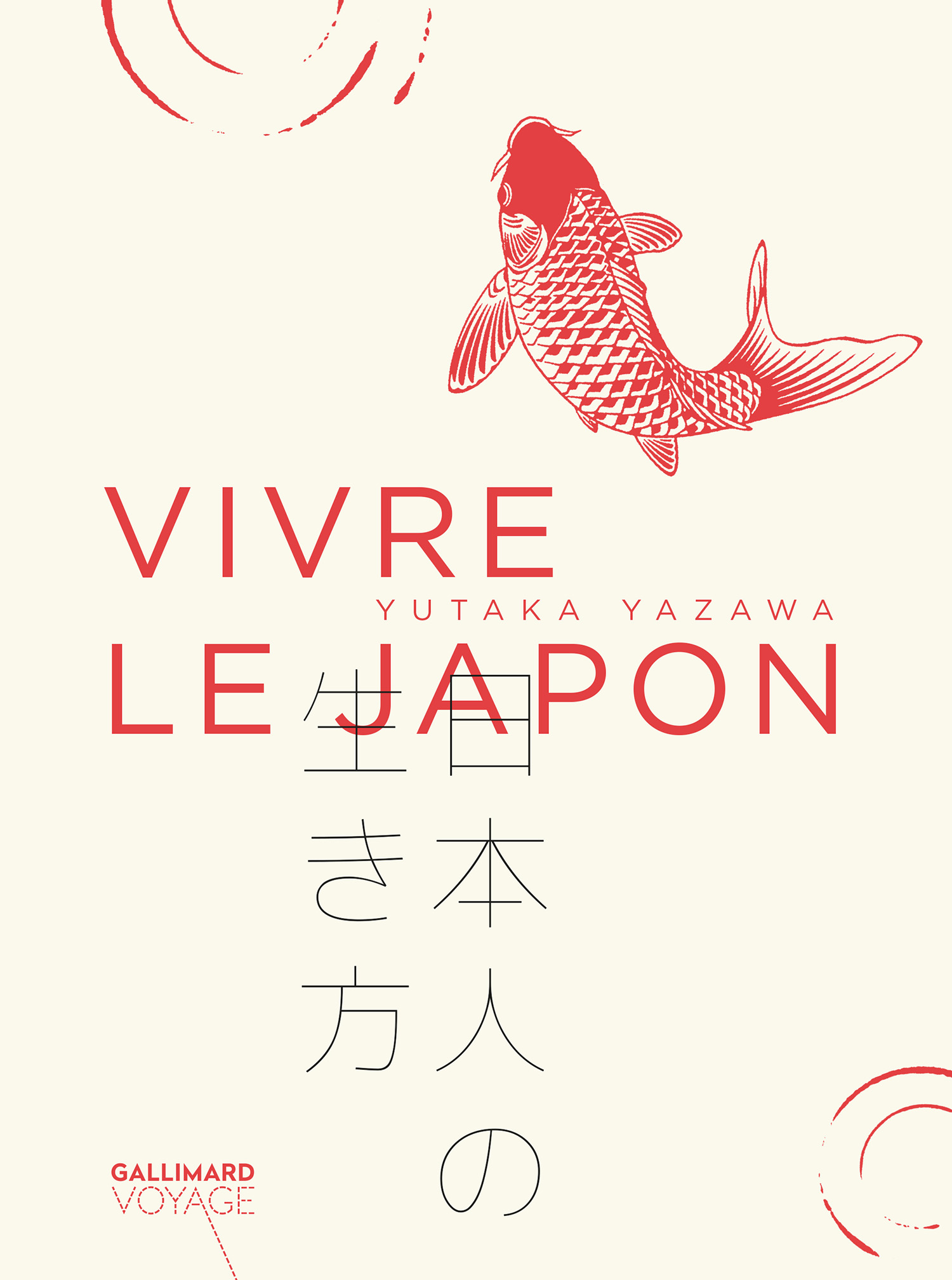
© Gallimard Voyage
TRENDING
-
The Tattoos that Marked the Criminals of the Edo Period
Traditional tattoos were strong signifiers; murderers had head tattoos, while theft might result in an arm tattoo.

-
The Story of Sada Yacco, the Geisha who Bewitched Europe
Described by Dazed magazine as the first beauty influencer, she has been restored to her former glory since 2019.

-
Chiharu Shiota, Red Threads of the Soul
Last year, more than 660,000 people visited the retrospective 'Chiharu Shiota: The Soul Trembles' exhibit at the Mori Art Museum.

-
Japanese Left-field Pop From The CD Age, 1989-1996
‘Heisei No Oto’, a compilation of hidden gems in the unspoken depths of Japanese pop, reveal blissful moment of technological possibility.

-
‘Shojo Tsubaki’, A Freakshow
Underground manga artist Suehiro Maruo’s infamous masterpiece canonised a historical fascination towards the erotic-grotesque genre.





